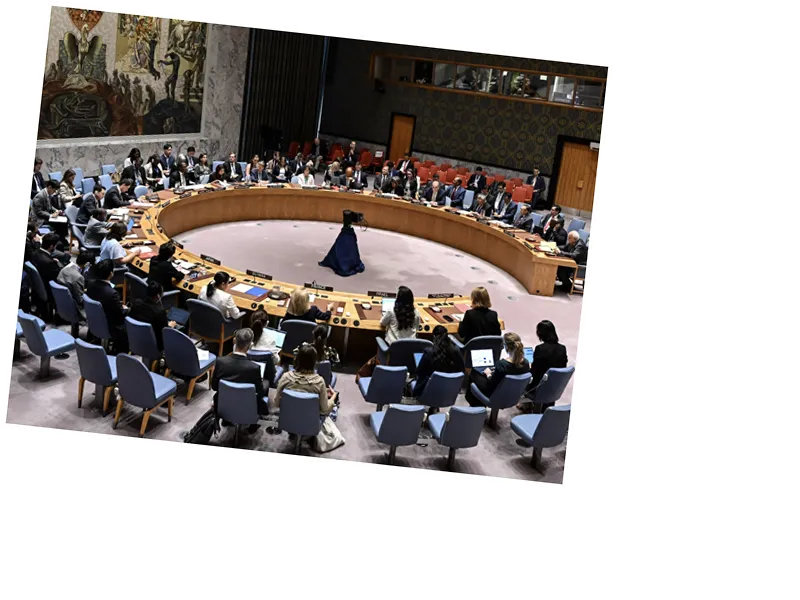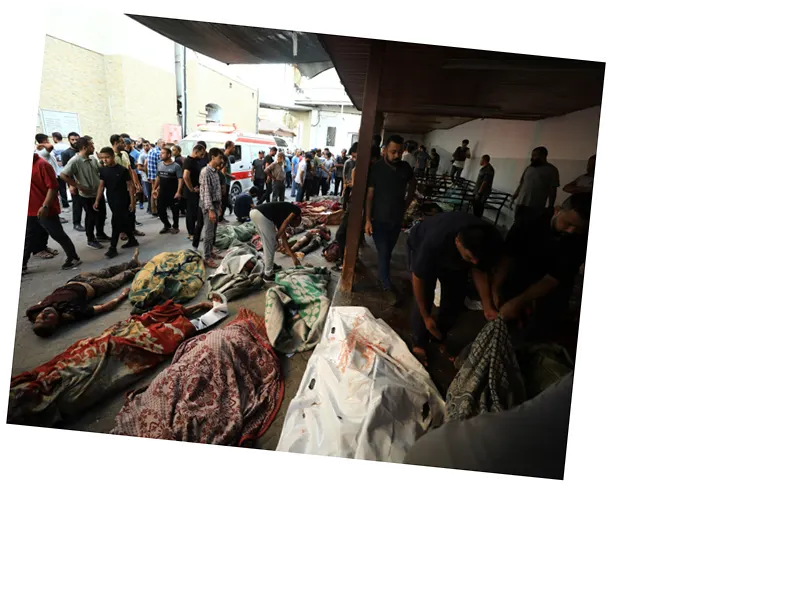A recent investigation by the Palestinian organization Al-Haq has shed light on the tragic bombing of the Al-Taba’een School in Gaza City, which occurred in the early hours of August 10. The attack resulted in over 100 fatalities and many injuries, with dozens still unaccounted for. Al-Haq's preliminary findings indicate that there is no evidence to support the Israeli military's assertions that the school was being used as a command center for resistance activities. Instead, the investigation revealed that the school was sheltering displaced individuals at the time of the strike.
The Israeli army had previously released aerial images claiming to show militants gathering on the roof of the school prior to the bombing. However, Al-Haq's investigation found no corroborating evidence for these claims, and the organization has raised serious doubts about the military's justification for the attack. The munitions used, identified as GPU 39 bombs, weigh approximately 100 kg each and have a destructive radius of 20 to 30 meters, suggesting a deliberate targeting of civilians during a vulnerable moment, coinciding with dawn prayers.
The organization also documented the extensive damage caused by the bombing, noting that the impact was felt well beyond the immediate vicinity of the prayer hall, affecting nearby buildings and palm trees. Al-Haq emphasized that the Israeli forces have not provided any substantial evidence to back their claims of militant presence within the school, further highlighting the tragedy of the incident and the urgent need for accountability in such military operations.
- The Al-Taba’een School tragedy has sparked outrage and calls for international scrutiny regarding the conduct of military operations in densely populated areas like Gaza. Human rights organizations have echoed Al-Haq's findings, urging for an independent investigation into the bombing and the broader implications of military strategies that result in high civilian casualties. This incident is part of a larger pattern of violence in the region, raising questions about the protection of civilians in conflict zones and the responsibilities of military forces to avoid harm to non-combatants.





